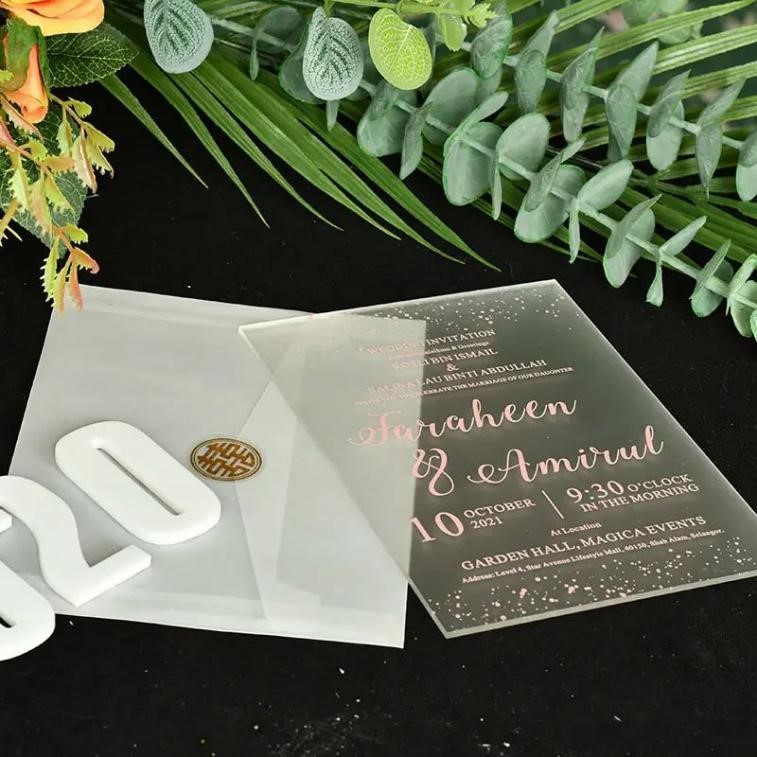
UV Direct Printing(UV Flatbed printer) and UV DTF Printing are becoming increasingly popular due to their uses and print quality. Both use ultraviolet (UV) curing technology. However, their applications and processes are very different.
UV Direct Printing is printing directly on objects suitable for flat and hard materials. On the other hand, UV DTF (Direct Printing Film) printing uses transfer paper. This method is mainly used for curved surfaces.
Therefore, decision makers must understand these differences. This can help you understand which method is best for you and thus choose the most appropriate method for your project.
1. Differences between UV Direct and UV DTF Printing
1. Printing Process
UV Direct Irradiation(UV Flatbed printer printing)
In this method, the ink is deposited directly on the material also called the substrate. It is then cured immediately with the help of ultraviolet light. UV cures the ink. This means that the ink adheres well to the surface. This printing technology reduces the time required for the print to dry. It also produces clear, high-quality prints that adhere to the substrate.
UV DTF
This involves developing the image on transfer paper using UV curing ink. The image is first printed on transfer paper. It is then developed in the reverse order and then an adhesive is applied to the film used in the process. The image is then developed and fixed before it is transferred to the substrate. The substrate can be glass, metal or plastic, etc. The UV light cures the ink on the film. The adhesive fixes the print to the surface.
2. Substrate Type
UV Direct Irradiation (UV Flatbed printer printing)
It is particularly suitable for flat rigid materials. This is because the print head requires a flat and layered surface to distribute the ink. Some of the materials commonly used for this method include wood, glass, metal and plastic, etc. UV Direct Printing is best suited for making signs and banners, any other flat items that do not require cutting or sewing.
UV DTF
UV DTF is more flexible than other forms of printing. The image is first printed on a film and then transferred to the substrate. It is particularly effective for round or irregular areas. This includes bottles, cups, helmets, shoes, etc.
3. Resistance and Durability
UV Direct Irradiation(UV Flatbed printer printing)
In this printing method, the ink is dried directly on the substrate under the action of UV light. Therefore, it is very scratch resistant. This is mainly due to the UV curing process that cures the ink within seconds. This allows for a strong bond between the ink and the material. Its prints can withstand any form of elemental exposure and wear and tear. This method is often used for outdoor signage and other areas where signage with a durable appearance is required.
UV DTF
The durability of a UV DTF print depends on the adhesive used, which adheres the print to the substrate. This extra layer of adhesive may slightly reduce its scratch resistance. This is why it is only recommended for surfaces that are not often subjected to stress. But it has good durability and is perfect for personal accessories. It is also suitable for products and gifts that do not need to withstand rigorous use.
4. Flexibility
UV Direct(UV Flatbed printer printing)
UV direct printing is suitable for use on non-textured and slightly textured surfaces. While it can be applied to a wide range of substrates, its applicability is somewhat limited to flat objects. Objects with uniform and smooth surfaces are no exception. This means that any irregular or curved objects should not be used. Otherwise, the final print may appear distorted. It may also not stick to the surface as it should. This method is ideal for places such as lobby signs, flat decorations or billboards. It is also suitable for other items that require high-definition printing on smooth surfaces.
UV DTF
UV DTF printing offers a lot of flexibility. It can be applied to any form of surface, such as curved, cylindrical, or textured surfaces. This makes it ideal for products with difficult-to-print shapes. This includes sports helmets, glasses, and phone cases. In addition, it is suitable for any other product that cannot be directly printed. Its prints can be made on many types of fabrics and in any shape. This is why it is ideal for printing unique products or gifts.
Both UV direct printing and UV DTF printing are innovative technologies. They create value for all types of projects.
UV direct printing is best suited for printing on non-curved hard surfaces. It produces high-quality, long-lasting prints. These prints are ideal for signage, giveaways, and intricate designs. However, it is less flexible, especially when printing on curved or irregular surfaces.
With the UV DTF printing process, it is easier to transfer prints to a variety of materials. Especially those with curves or textures. The transfer process does reduce the sharpness of the edges to a certain extent. It has the potential to introduce more variables into more complex shapes.
Contact us via WhatsApp to discuss further : +86 166 2768 2730